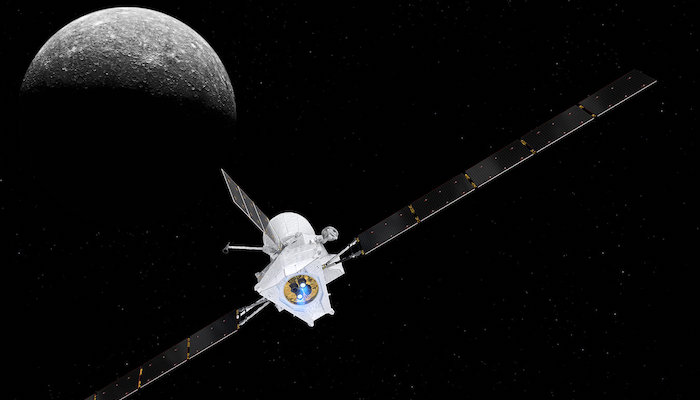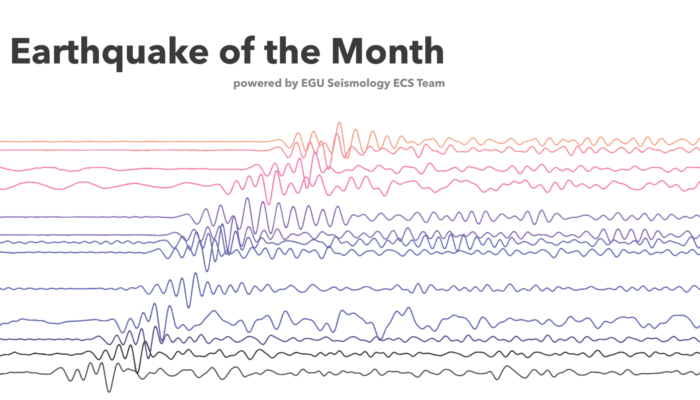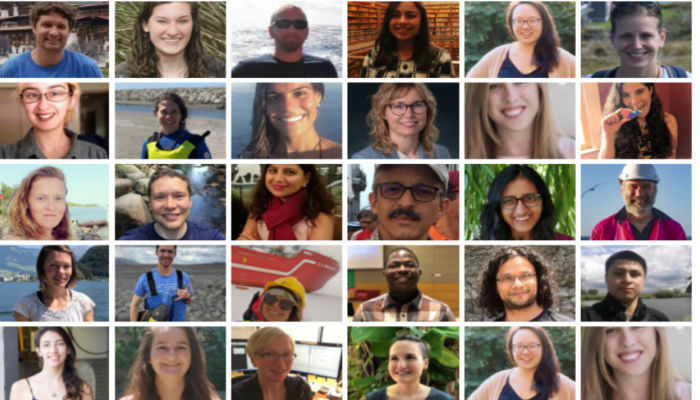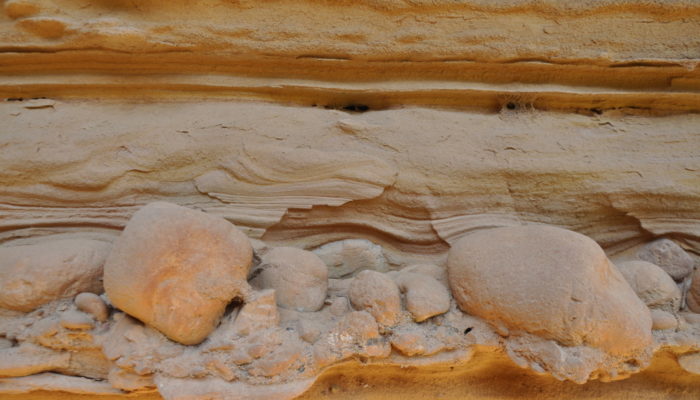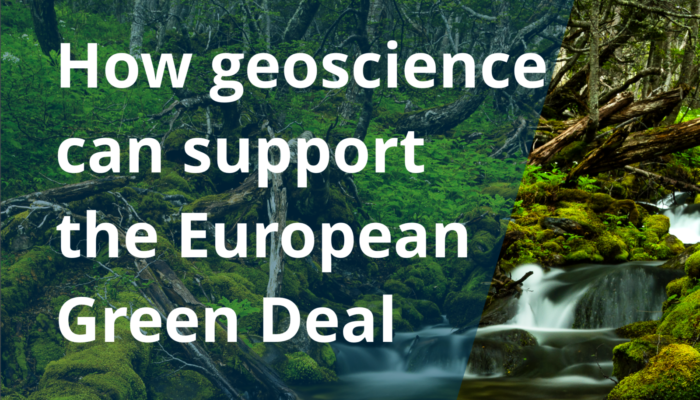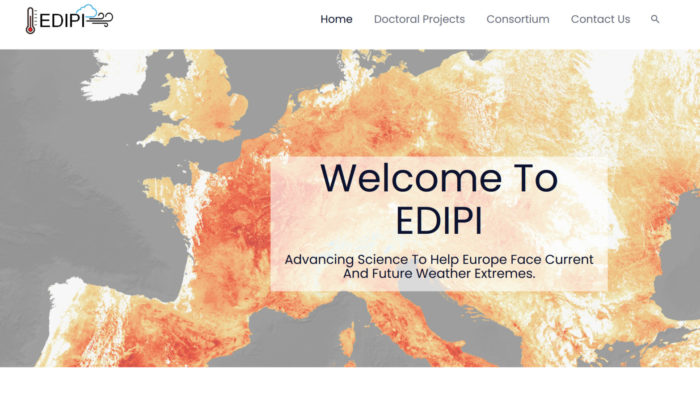It is the smallest planet of the Solar System, the closest to the Sun and the quickest at orbiting around it, the one with the least inclined and most elongated orbit, the only one where a day lasts two-thirds of a full year, the one with the highest bulk density. Mercury is a planet of extremes, but rarely visited by space missions (compared to Mars, Venus and the Moon). This week Dr. Nicola Tosi ...[Read More]
Tectonics and Structural Geology
Mind your head: Overcoming Anxiety
This Mind Your Head blog post is a follow-up from Jean Holloway’s talk during the online short course on mental health that aired during the last EGU General Assembly, where she discussed overcoming anxiety. Anxiety is excessive worry or fear, and is a normal part of life, until it becomes frequent or debilitating. This post is written by someone with lived experience as an academic who struggled ...[Read More]
Seismology
Earthquake of the month: Samos-Izmir earthquake
On October 30th, a strong earthquake with Mw 7.0 occurred in the Aegean Sea, between the main cities of Samos in Greece and Izmir in Turkey. The hypocenter location and focal mechanism suggest shallow depth (~10 km) and normal faulting on the E-W plane. This is in agreement with the tectonic setting where an N-S extension is dominant. Moreover, the rupture propagates near the Menderes Graben in We ...[Read More]
Ocean Sciences
Why you (yes, you!) should take part in a hackathon
Back in August, I attended Oceanhackweek 2020. As an oceanographer by trade and free software nerd by heart, I loved the idea of an event that combined the two. I looked forward to learning from other oceanographers and coders, and perhaps giving something back to the free software community. What is a hackweek/hackathon? If you have yet to dip your toes in the wonderful world of free software, th ...[Read More]
Stratigraphy, Sedimentology and Palaeontology
What do (Consulting) Sedimentologists do all day?
When I graduated in the 80’s, a job in oil and gas was seen as a glamorous and exciting career for a geoscientist. Even some dramatic falls in the oil price could not dent the optimism within the industry, and oil cities like Calgary thrived. However, life for geologists working in our city has changed dramatically over the last few years. A peak oil price of around $106 per barrel in June 2014 wa ...[Read More]
Soil System Sciences
The importance of our SSS (…Soil Support Staff!)
Soils do a lot! From supporting food production and filtering water, to storing carbon, cycling nutrients, and hosting organisms, soils are fundamental for our day-to-day lives. But take a look around you. If you’re like me – sitting in an office at the moment – your feet rest upon a carpeted floor, you’re surrounded by four walls, and the only view out of the window is that of a ribbon of tarmac ...[Read More]
GeoLog
Imaggeo On Monday: Erosion and suspension
This image shows bottomset beds from the Kerinitis Gilbert-type delta. The Pleistocene delta uplifts along the active southern margin of the Corinth rift in Greece. A bottomset bed is one where layers of sedimentary material lying along the bottom of a body of water near the point of entry of a stream are subsequently covered by foreset and topset beds in the formation of a delta. Thus in this ima ...[Read More]
GeoLog
GeoPolicy: How geoscience can support the European Green Deal
Earlier this year, the EGU hosted the Integrating science into the EU Green Deal event in collaboration with the Intergroup on Climate Change, Biodiversity and Sustainable Development to outline how the geosciences can most effectively support the European Green Deal and ensure its ambitious biodiversity and zero-pollution targets are reached. The event provided policymakers, scientists and indust ...[Read More]
Cryospheric Sciences
How small changes can make a big difference: tipping points in Antarctica
As Antarctica’s mass loss increases, the threat of crossing tipping points both in the ice sheet and the surrounding Southern Ocean is increasing. But what actually is a tipping point? Have tipping points already been crossed in the past? And what might the future hold? What do we mean by a “tipping point”? Scientifically speaking, a tipping point is generally understood to be a threshold that, on ...[Read More]
Climate: Past, Present & Future
A new European effort to better understand extreme weather
Extreme weather events routinely have detrimental socio-economic impacts around the globe. In fact, weather-related events make up over 90% of natural disasters worldwide [1]. In the new millennium, the frequency of many extreme weather events such as droughts and high temperatures, has systematically exceeded the levels seen in the 1980s and 1990s [1], and anthropogenic climate change may further ...[Read More]

